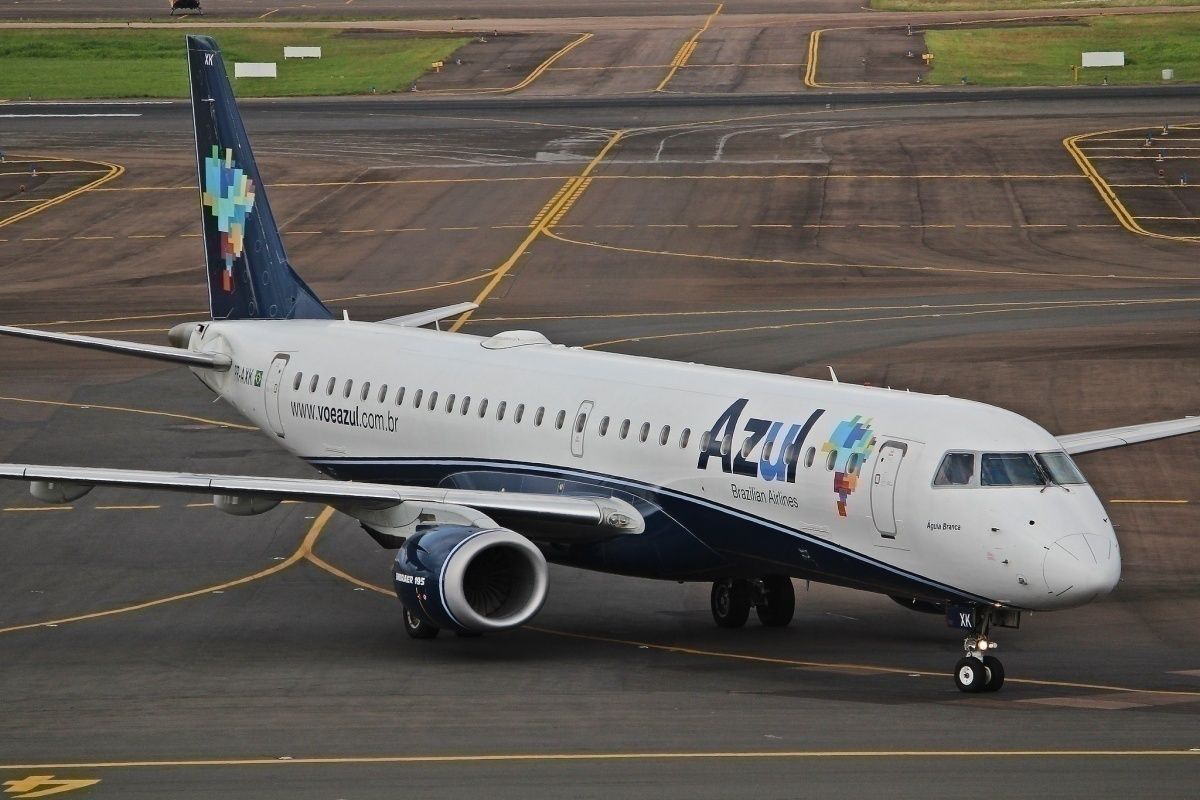During the month of April, the Brazilian Civil Aviation Regulator (ANAC) is implementing a network of flights to ensure that the whole country remains connected by air during the coronavirus pandemic. ANAC launched this initiative with the help of the three most dominant airlines in Brazil's domestic sector: LATAM, Azul, and GOL. Let’s investigate further.
This is a skeleton operation
ANAC launched this network last Saturday. The national regulator said the three airlines would operate 1,241 flights every week to 46 destinations across Brazil. This represents a 91.61% reduction of the normal number of weekly domestic flights in the South American nation. In fact, Brazil has usually over 14,781 weekly flights.
This skeleton operation also means a significant reduction in the domestic destinations accessible across Brazil. The normal number of destinations is 106 but is now down to 46.
Juliano Noman, ANAC’s president said,
“The aviation is on a full stop in a lot of countries. What we are doing here in Brazil is because we know that air transportation is essential to help the country overcome this scenario without precedents.”
It is also the latest proof that the two biggest countries in Latin America, Brazil, and Mexico, are trying to keep connectivity going.
How does it work?
The Brazilian government approached LATAM, Azul, and GOL with this initiative. The three airlines took an unprecedented hit with the pandemic after they had a fairly successful 2019.
LATAM will operate the biggest number of weekly flights with 483. After this, low-cost carrier Azul is operating 405 flights. Finally, GOL Linhas Aereas is operating 353 weekly flights.
Recently, GOL had announced that it would stop every international flight until 30 June. The airline was flying to four cities in Argentina, one in Bolivia, one in Chile, one in Ecuador, two in the US, one in Mexico, one in Peru, one in the Dominican Republic, one in Surinam, and one in Uruguay.
Meanwhile, LATAM Airlines announced a 95% cut in its April operations worldwide. In Brazil, the group will continue flying from its hubs in Sao Paulo, Brasilia, and Fortaleza to 39 domestic destinations. LATAM will also keep its flights to Santiago, Miami, and New York.
Azul also cut 90% of its total capacity until 30 April. The low-cost airline expects to operate 70 direct flights a day in 25 cities.
Why is IATA happy with Brazil?
In the meantime, the International Air Transport Association (IATA) is actually satisfied with Brazil and its numerous efforts to support aviation. As Peter Cerda, IATA’s Regional Vice President for the Americas said,
“Airlines across the globe are being forced to slash capacity and are taking other emergency measures to reduce costs while doing their best to maintain the vital task of linking the world’s economies. We would like to extend our thanks to the Brazilian Government for having considered our industry in the overall relief measures announced.”
The Brazilian Government has postponed the payment of air navigation fees by airlines between March and June for six months. It is also allowing the deferment of airport concession fee payments to December. Finally, it is permitting more flexibility in the timeframe of refunding tickets.
Finally, Brazil may prepare a special credit line to support airlines’ financial liquidity, said IATA. It also waived the slot usage rule until the end of October. In Brazil, aviation brings US$18.8 billion to the country’s GDP and creates 840,000 jobs.
What do you think of the Brazilian initiatives? Let us know in the comments.



